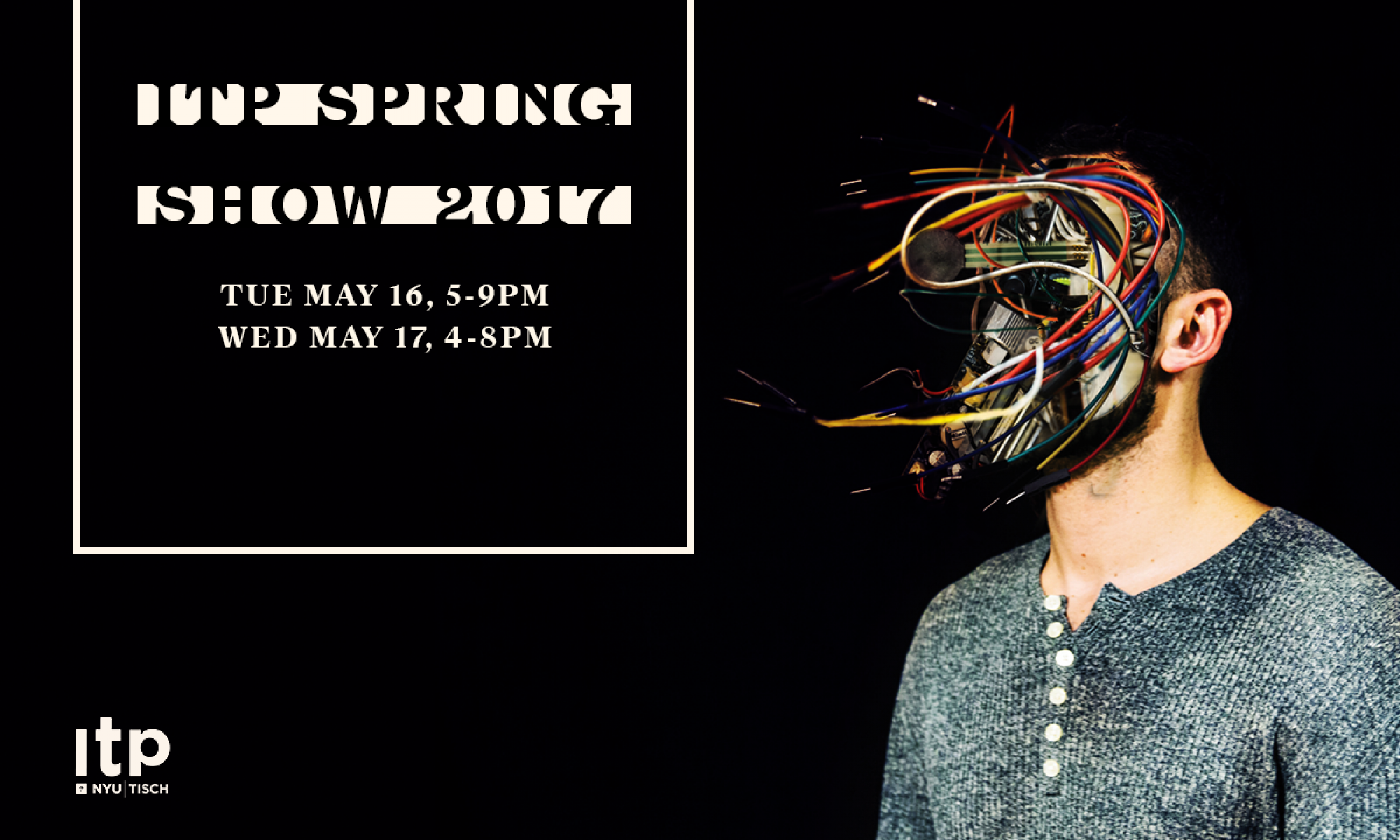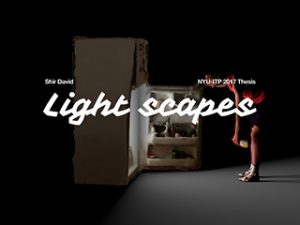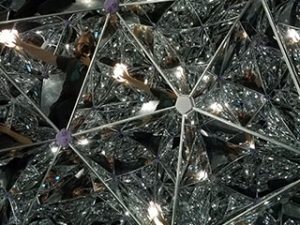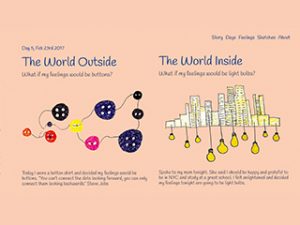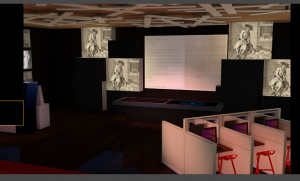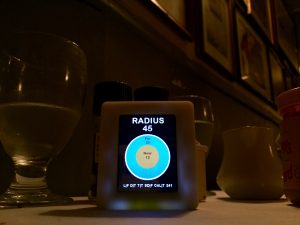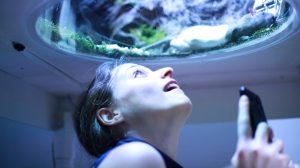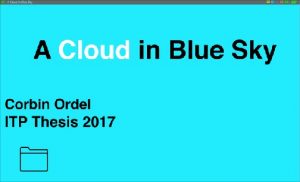Shir David
Light scapes is a series of 3d sculptures inspired by lowlight photography.
https://itp.nyu.edu/thesis2017/project/shir-david
Description
Light was used in the past to bridge over long distance communications, through chains of bonfires that were lit on top of mountains. A light house signals a safe shoreline to passing ships. Now, we use optical fibers to carry light and illuminate our cities. A glowing screen is last thing that we see as we drift to sleep, and the first thing we wake up to in the morning. Our light is our communicator; turned on means awake, alive, turned off is asleep, closed, out of power.
In Light Scapes, I used volumetric photography to create a series of three 3D sculptures that explore the relationship we have with light. A neon sign that washes the street in pink light, a television that unites people around its glow, a man opening a fridge in the middle of the night.
Classes
Thesis
